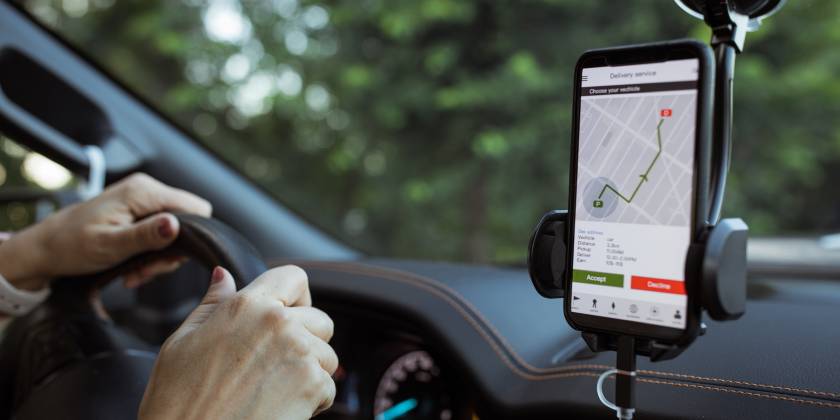How technology is making your car safer

For most people, one of the top priorities in the search for a new car is the level of safety incorporated and built into new model.
Whether you’re a seasoned car owner or a new purchaser, when you’re out there sharing the road with many other drivers, knowing your car has the right safety features can be a great comfort.
After all, even the best of drivers can’t anticipate the unexpected. That’s where safety features can come in handy, and these days the developments in vehicle technology have meant newer cars are more sophisticated than ever.
Car safety: past and present
From the very first self-propelling vehicles to the futuristic concept models being developed by companies today, the question of how to improve the automobile is one that continues to inspire new and more advanced developments. Improving road safety through smarter technology built into cars has been front of mind for inventors both old and new, from Henry Ford and his ground-breaking Model T to the visionaries behind the latest electric vehicles.
In the past, safety features were limited to the basic additions of car horns, rear view mirrors, windscreen washers and seatbelts. While these features gave drivers added support in many necessary areas (just try to imagine driving today without a rear view mirror!), as the times moved on driving needs became ever more complex.
Today's drivers need to negotiate tricky roundabouts and intersections, to merging on multilane motorway and edging into tight parking spots. Luckily, car safety has also developed alongside these changes so drivers have a greater range of safety features and options then they had in the past. For example, airbags offer passenger protection in crashes and anti-lock braking systems ensure vehicles won't lock up, resulting in an uncontrollable skid.
Another important modern safety feature is the Electronic Stability Control (ESC) or Electronic Stability Program (ESP), which is designed to help drivers maintain control over their car in a variety of different conditions. It can assist in stabilising a car during sudden, unexpected swerving and improve the traction and handling of vehicles on icy or gravel roads.
Many of today's newest models also come equipped with increasing advanced safety features, such as a parking assist to help drivers manoeuvre into a tight space, adaptive headlights and a function that helps drivers keep within their lane on the road. These safety features are already making a substantial difference in safety on Australian roads. The Department of Infrastructure and Regional Development has stated that the number of road deaths in Australia per year has fallen from 3,798 in 1970 to 1,193 in 2013. Modern safety features being incorporated into newer cars, such as ESC systems, are contributing to this decline in the road toll.
Future Cars
In one future development, cars could display information about external objects on the windshield and even drive themselves, with engineers already testing self-driving models on our roads.
Car manufacturers are also considering integrated media hubs which would allow drivers to be connected to the internet whilst on the road. Combining this development with voice recognition software, would enable drivers to access information about road traffic blockages, with better visibility and awareness of other vehicles on the road.
In Japan, Nissan has already tested in-car technology that tells drivers if cars around them have had previous accidents and picks up pedestrians’ cell phone signals to alert drivers of their presence. Vehicle-to-vehicle and vehicle-to-pedestrian technology is emerging as one of the most current and significant developments in car safety features.
New and developing car safety technology continues to make driving safer. However, even with the most advanced safety features, accidents will continue to happen. Car insurance can be essential for protecting you and your car while you're out on the roads. This will ensure you can have peace of mind knowing your finances are as well-protected as your car's safety features protect you as the driver.
12 Mar 2014